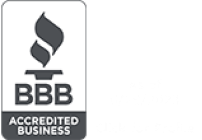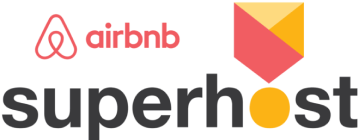Second homes are usually purchased for their scenic, relaxing location. Lakes, mountains, and beaches are, therefore, popular settings. That’s why they also make excellent vacation rental properties. However, maximizing the cash flow isn’t as simple as hanging a “For Rent” sign in the window.
If you still want to use your second home occasionally, you’ll have to block those days out in advance. Using a credible short-term rental platform for advertising your home is a popular way to go. Before you do that, though, there are a few other steps you will need to take to ensure your second home generates the most cash flow possible. These are as follows:
Renovate and upgrade kitchens and bathrooms, remove old carpets and replace them with new VPF
This is probably one of the more costly upgrades. If your home has dated kitchens and bathrooms, you might consider upgrading them. This doesn’t need to be overly expensive if you don’t want it to be. Painting walls and kitchen cabinets, hiring a professional to refinish tubs and tiles, and adding vinyl plank flooring can transform a room and are all DIY projects.
It is more costly to upgrade your countertops with granite or quartz and retile the bathroom. However, replacing the bathroom and kitchen hardware is relatively inexpensive and adds a contemporary feel.
If you have carpets, they’ll have to go. With multiple guests, these will get dirty quickly and are generally not hygienic or appealing in photos. Instead, replace them with waterproof wood-looking vinyl plank flooring that is easy to clean. Try to choose a light, uniform beachy/white oak tone that photographs well (as opposed to the more streaky varieties) and adds a light, airy vibe to the rooms.
Increase the number of beds
Short-term rentals are all about the number of people you can sleep. Maximize your beds, and you’ll maximize your cash flow. Get creative and transform attics and basements into bedrooms, add bunk beds, use pull-out sofa beds, and listen to your virtual cash register start to sing!
When interest rates drop, refinance
Refinancing loses its traction when interest rates start to rise, but when they drop again, look to lower your rate. Even with higher rates, refinancing to an interest-only loan or short-term arm might prove advantageous. First, a word of warning — do this while the house is still a second home. Otherwise, you will have to get a commercial mortgage instead of an owner-occupied one, and the former comes with higher interest rates.
Add cleaning fees for vacation rentals
Adding a cleaning fee to your rental amount is a common practice amongst short-term rental owners. If offsets the expense of paying a cleaner out of your rental income and will ensure you receive the most rent you possibly can from your home.
Add paid laundry facilities
Water and electricity bills from guests using washers and dryers can add up. To make sure your profits aren’t being rinsed away, look to invest in a paid washer/dryer. These are usually easy to find second and guarantee your guests will be more judicious when throwing their clothes in the wash.
Charge a pet-fee
Paying for a pet-sitter or boarding service is one of the big hassles of traveling without your furry friends. As a property owner, it makes sense to charge a pet fee. Wear and tear and funky pet smells are legitimate issues. It’s a price most guests will be willing to pay if it means enjoying a vacation with a loved animal.
Increase the rates during popular holidays
Short-term rental booking platforms automatically increase and lower rates based on rental prices nearby. However, if your second home is a remote property, raise rates during popular holidays such as July 4th, Labor Day, Memorial Day, and over the festive period.
Depending on the location, rent it for film and photo shoots
A condo with stunning city views or a scenic lakeside retreat is popular setting for film and television. Makes sure yours is advertised as such, and watch your profits skyrocket when a production company books it for a week or two.
Purchase a home warranty
Home warranties are often overlooked, but they can save you a fortune. For $600-$1000 a year, these cover the replacement costs or repairs for major home appliances such as water heaters, furnaces, and HVAC units. They also charge a lower flat fee for repairs. Although these might seem unnecessary upfront expenses, if you ever need to use one, you’ll be glad you purchased it.
Conclusion
You get what you pay for. As a property owner, your job is to encourage your potential guests to pay top dollar for somewhere special to stay. The location can’t be changed, but everything else can, so get creative and be prepared to spend some money to make money when deciding how much to spend on repairs and upgrades. You’ll be glad you did.








